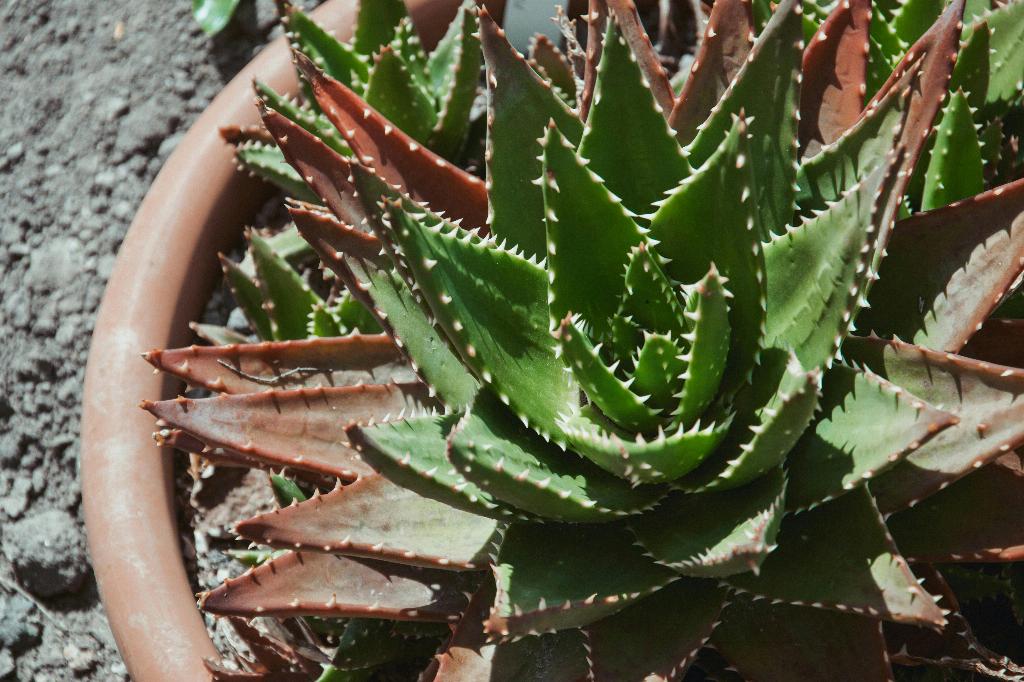When pondering the fascinating question of how a cactus thrives in the harsh environment of the desert, it is essential to delve into the remarkable design features that enable this resilient plant to not just exist but flourish amidst the arid conditions.
One of the key factors contributing to a cactus’s survival in the desert is its exceptional capacity for water conservation. Unlike many other plants that quickly lose water to evaporation in the scorching heat, cacti have evolved to store vast quantities of water within their fleshy stems, ensuring a vital reservoir that sustains them during extended periods of drought.
Moreover, the unique structure of a cactus plays a pivotal role in its ability to withstand the harsh desert environment. The absence of traditional leaves, which typically serve as sites for water loss through transpiration, allows cacti to minimize water wastage and retain precious moisture within their bodies.
Additionally, cacti possess specialized roots that effectively absorb water from the infrequent rains that grace the desert landscape. These roots are adept at capturing and channeling moisture towards the cactus’s stem, ensuring that every drop of water is maximized and utilized for optimal survival.
Furthermore, the spines adorning a cactus’s exterior serve multiple purposes beyond mere defense against herbivores. These spiky protrusions create a microclimate around the plant, reducing air movement and shielding the cactus from excessive heat, thus minimizing water loss through evaporation.
Notably, the ability of cacti to engage in photosynthesis primarily during the night hours, when temperatures are cooler and moisture loss is minimized, represents another ingenious adaptation that aids in their desert survival. By carrying out this crucial process at night, cacti optimize their energy production while conserving water resources.
Furthermore, the waxy coating that envelops many cactus species plays a vital role in preventing water loss through transpiration. This protective layer, known as the cuticle, acts as a barrier against excessive evaporation, helping to maintain the cactus’s internal water supply and ensure its continued resilience in arid conditions.
It is essential to highlight the remarkable resilience of the cactus’s cellular structure, which has evolved to withstand extreme fluctuations in water availability. The specialized cells of a cactus can expand to accommodate water influx during periods of rain and contract when water is scarce, enabling the plant to adapt seamlessly to the desert’s unpredictability.
Moreover, the capacity of certain cactus species to enter a state of dormancy during prolonged droughts represents a strategic survival mechanism that conserves energy and resources until more favorable conditions prevail. This dormancy period allows cacti to endure extended periods of water scarcity without compromising their long-term viability.
Additionally, the formidable ability of cacti to thrive in nutrient-poor soils characteristic of desert regions underscores their exceptional adaptability to challenging environmental conditions. By efficiently absorbing essential minerals and nutrients from the sparse desert soil, cacti have honed their ability to flourish in habitats where other plant species struggle to survive.
In conclusion, the remarkable array of adaptations that enable a cactus to survive in the desert exemplifies the ingenuity of nature in crafting resilient organisms that can thrive in the face of adversity. From water-storing stems to specialized roots and protective spines, the cactus embodies a masterclass in survival strategies honed over millennia of evolution in harsh desert landscapes.

